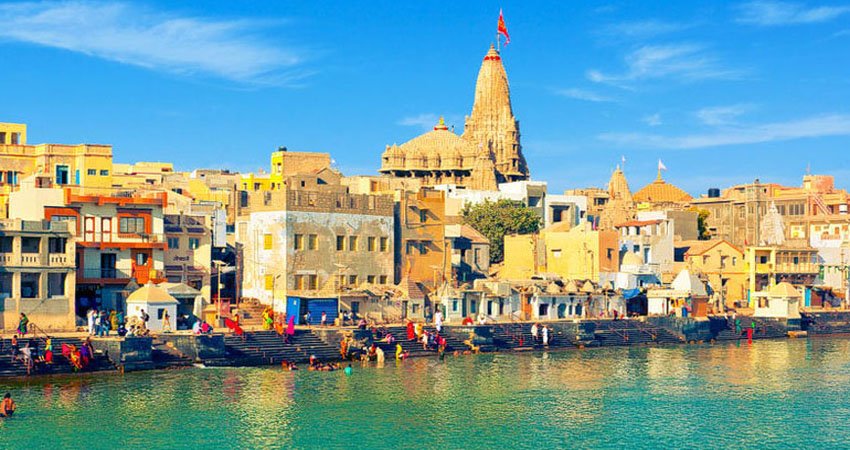Description
A 6-day Mathura, Vrindavan, Ayodhya, and Varanasi tour package from Jaipur offers a deep dive into India's spiritual heartland, combining the divine land of Lord Krishna with the sacred cities of Lord Rama and Lord Shiva. This itinerary involves significant travel, making efficient planning crucial.
Best Time to Visit: The ideal time for this comprehensive spiritual journey is from October to March. The weather during these months is pleasant and comfortable for extensive travel and sightseeing. Avoid the summer (April to June) due to extreme heat and the monsoon season (July to September) which can disrupt travel plans.
Travel Logistics from Jaipur:
This tour requires a mix of comfortable road travel and potentially overnight train journeys to cover the long distances efficiently within 6 days.
• Jaipur to Mathura/Agra: You'll start by traveling from Jaipur to the Mathura/Agra region.
Train: Several trains connect Jaipur to Mathura Junction (approx. 3.5-5 hours) or Agra Cantt (approx. 4-6 hours). An early morning train is recommended to maximize Day 1.
Private Car: A private cab takes about 4-5 hours to Mathura (approx. 220-250 km) or 4-6 hours to Agra (approx. 240-260 km).
• Mathura/Vrindavan to Ayodhya: This is the longest road journey (approx. 500-550 km, 8-10 hours).
Private Car: This offers the most flexibility, though it's a long day.
Train + Car: You could take a train from Mathura/Agra to Lucknow or directly to Ayodhya Cantt (Faizabad Jn) (train journey typically 10-14 hours, possibly overnight), and then transfer by car.
• Ayodhya to Varanasi: This is a shorter leg (approx. 180-200 km).
Private Car: Around 4-5 hours.
Train: Direct trains are available (approx. 3-5 hours).
• Varanasi to Jaipur:
Overnight Train: This is the most practical way to return to Jaipur, as the journey is long (16-20 hours). You would depart Varanasi on the evening of Day 6 or early morning on Day 7.
Flight + Train/Car: Fly from Varanasi (VNS) to Jaipur (JAI) via Delhi (DEL) or directly if connections are available (more expensive and requires coordinating transfers).



















